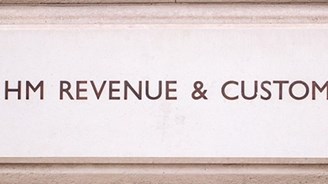Route 102 – One man’s year-long journey……Continued

To mark this momentous year for UK GAAP, I'm embarking on a mission to work my way through FRS 102, reading a portion on each working day of 2015 and writing a short blog entry on my thoughts and musings (be they few or many). It's now day three and I already need a sit down and a cup of tea...
DAY 3 (7 Jan)
We're onto section 2 already. This section deals with concepts and principles. Thus, unless you're either starting out in accountancy (or your memory hasn't returned since the office Christmas party) and need to know what an asset or a liability is, there's not much here of interest. But here's a couple of points to keep you involved (you are feeling involved, aren't you?)
Firstly, 2.13-2.14 discusses the balance between benefit and cost. In brief, it states that 'the benefits derived from information should exceed the cost of providing it', and notes that assessing this involves a fair bit of judgement, bearing in mind the differences between preparers and users and their respective needs (e.g. for access to capital, management decision making etc.). The paragraphs are relatively vague.
Why does this matter? Well, in the Accounting Council's recommendation to the FRC to publish FRS 102 (which is reproduced at the back of the Standard), the Council notes that it decided not to add any guidance on 'undue cost or effort', asserting that 2.13-2.14 is clear enough on its own. This is very relevant for holders of investment properties who may be tempted to account for these at depreciated cost rather than fair value, on the grounds that obtaining fair value involves 'undue cost or effort' (see 16.7). In deciding whether this is appropriate, preparers (and auditors!) will need to think hard about the cost-benefit balance and in 2.13-2.14 they've got little to go on.
Secondly, paragraph 2.37 is (at first glance) surprisingly generous in allowing assets to be recognised if they are probable and reliably measured. Surely assets can only be included if they are virtually certain, not simply 'probable'? Will this signify a dramatic shift in allowing assets (and thus income) to appear in the accounts? The answer is no - para 2.38 neatly solves this by insisting that where the flow of future economic benefits from an 'asset' is not virtually certain, the asset is only contingent and thus not recognised.
Stay tuned for more fascinating insights tomorrow!
P.S. If you missed yesterday's instalment click here



